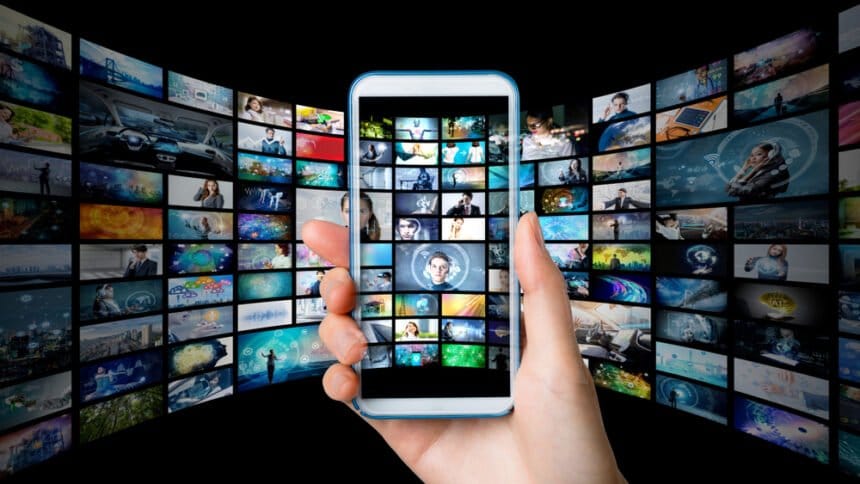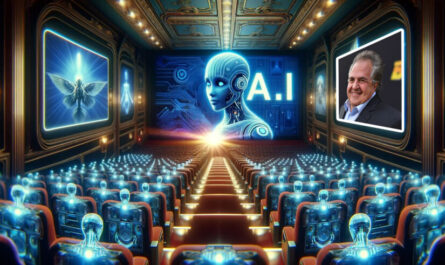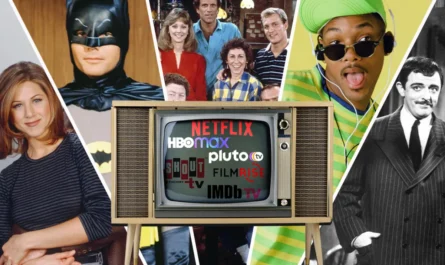In the past decade, the entertainment industry has undergone a radical transformation, primarily driven by the rise of streaming platforms. Services like Netflix, Disney+, Amazon Prime Video, and Hulu have redefined how we consume television, movies, and original content. This shift has revolutionized the industry and significantly impacted viewer behavior, distribution models, and the very fabric of entertainment itself.
The Rise of Streaming Services
Streaming platforms began to gain traction in the early 2010s, but Netflix, the pioneer of the streaming revolution, laid the groundwork for what would become a global shift. Initially a DVD rental service, Netflix transitioned into streaming in 2007, allowing customers to watch a vast library of movies and TV shows instantly. By 2013, Netflix boldly produced original content, releasing series like House of Cards and Orange is the New Black. This move was pivotal, demonstrating that streaming platforms could distribute existing content and create their own high-quality productions.
As the years progressed, more players entered the streaming arena, with Disney+ launching in 2019 as one of the most significant competitors. Disney’s vast catalog of beloved franchises—such as Star Wars, Marvel, and Pixar—quickly made Disney+ a must-have service for fans of these iconic brands. With its family-friendly offerings and access to new blockbuster releases, Disney+ positioned itself as a top contender in the streaming wars.
Changing Viewer Behavior
One of the most notable changes streaming services bring is how audiences consume content. In contrast to traditional television, where viewers had to wait for weekly episodes or adhere to a network’s programming schedule, streaming platforms introduced the concept of “binge-watching.” This shift allowed viewers to watch entire seasons or series in one sitting, creating a more immersive and personalized experience.
Moreover, streaming services offer the convenience of watching on-demand, allowing viewers to watch content anytime, anywhere, and on any device. This convenience has led to a decline in cable subscriptions, as many consumers opt for the flexibility and affordability of streaming platforms. The ability to watch content on mobile devices, smart TVs, laptops, and even gaming consoles has made streaming services accessible across multiple touchpoints, making traditional TV viewing feel increasingly obsolete.
A New Era for Content Creation
The shift to streaming has also impacted the types of content being created. With platforms like Netflix investing heavily in original programming, the boundaries of storytelling have expanded. Streaming services are known for allowing creators to experiment with unique formats and genres, allowing for a wider variety of content than traditional TV networks or movie studios could offer.
Netflix’s Stranger Things, Amazon Prime’s The Marvelous Mrs. Maisel, and Disney+’s The Mandalorian are just a few examples of original shows that have captivated audiences worldwide. These platforms have also embraced global content, with Netflix leading the way in producing hit international series such as Money Heist from Spain and Squid Game from South Korea. The global reach of streaming platforms has broken down cultural and language barriers, bringing diverse stories to a broader audience.
The Future of Streaming
As streaming continues to evolve, the future promises even more disruption. The streaming wars show no signs of slowing down, with new players entering the market and existing platforms constantly updating their offerings. Introducing hybrid models, such as ad-supported tiers, and acquiring sports broadcasting rights by platforms like Amazon Prime Video signal the industry’s attempt to cater to a broader demographic.
The shift to streaming has irrevocably changed the entertainment landscape, altering how we access and enjoy content. From its beginnings as a simple way to watch TV shows and movies on demand, streaming has grown into a multi-faceted entertainment ecosystem, offering original programming, global content, and unprecedented convenience. As the industry continues to evolve, it’s clear that streaming is here to stay, shaping the future of entertainment for years to come.




